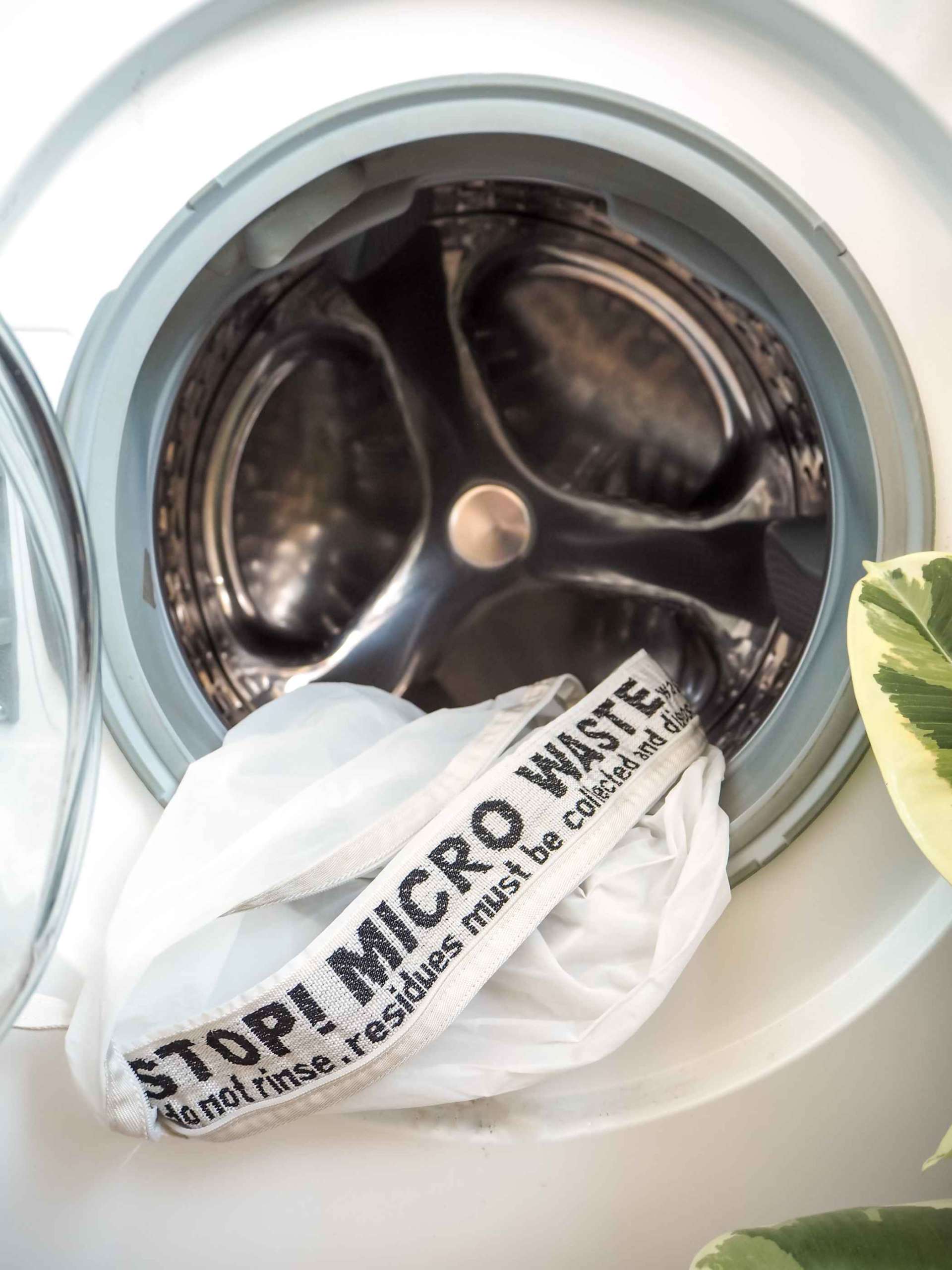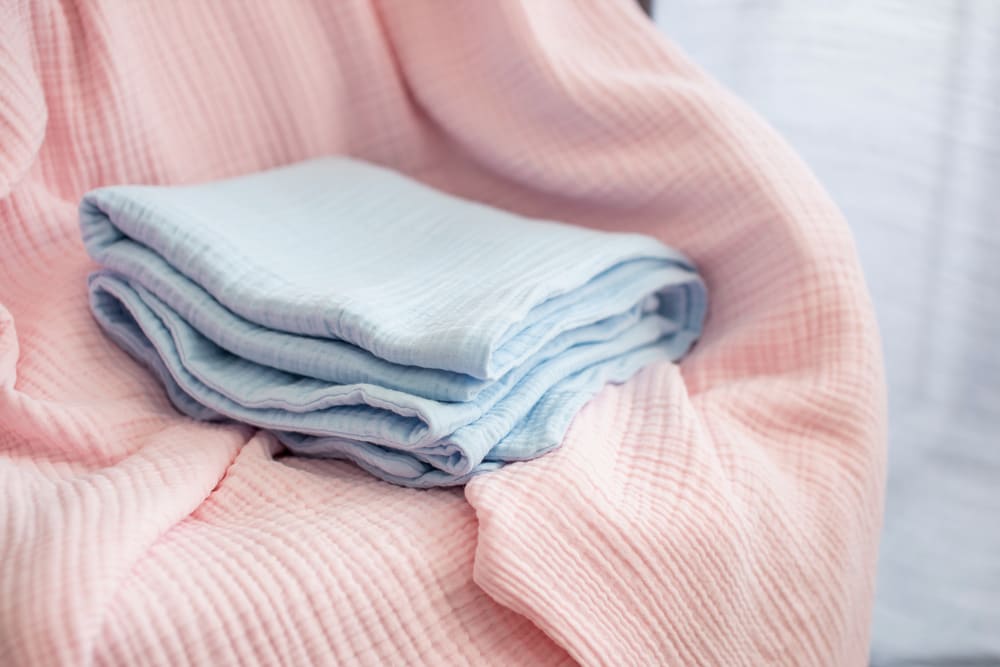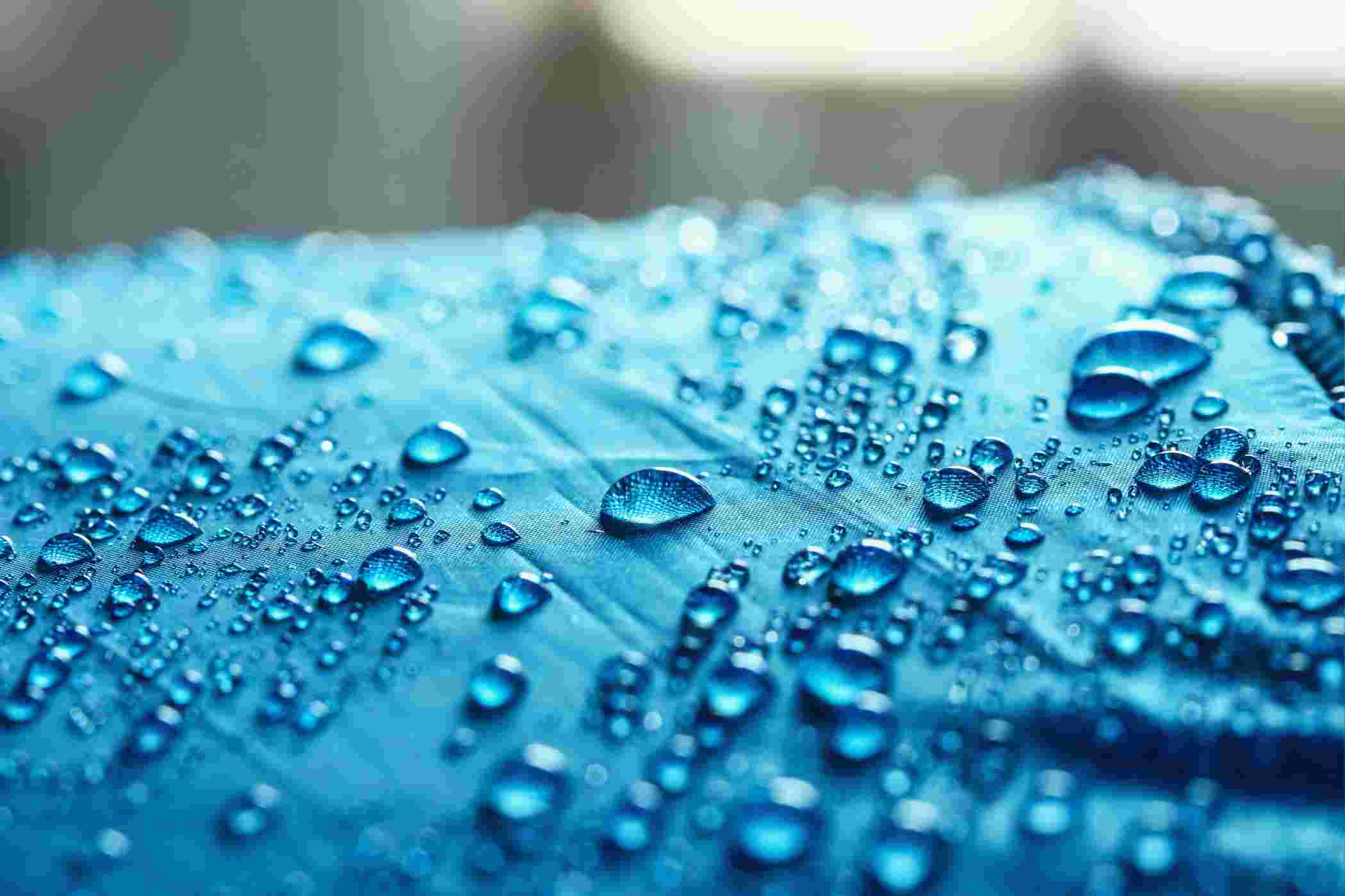7 Sustainable Fabric Types And Their Importance

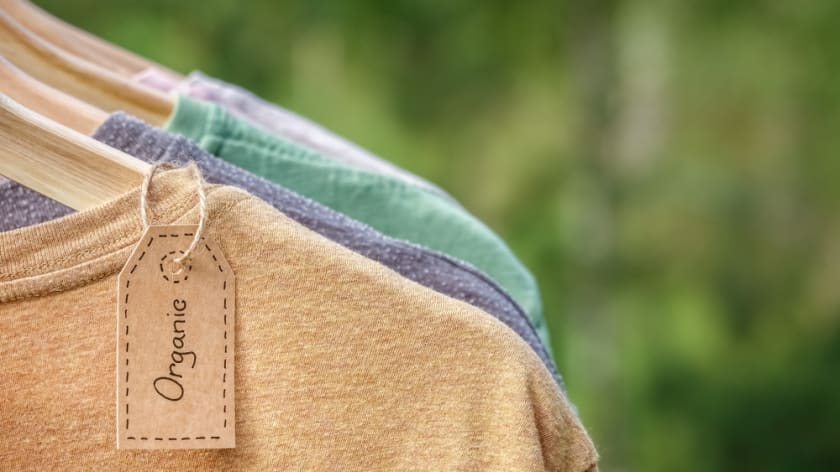

Natural fabrics derived from naturally-occurring fibers are popular amongst the new generation of fashion buyers. As people have grown conscious of the environment, they have started wearing dresses made of natural fabrics. They opt for sustainable fabrics instead of synthetic materials known for causing pollution.
In addition to being sustainable, these natural fabrics are comfortable to wear, soft on the skin, and made of breathable material. They are also sweat-absorbent and available in different textures.
This guide discusses everything you need to know about the top 7 natural fabrics and their importance to fashion brands and manufacturers.
Cotton
Among the oldest and most widely used natural fabrics is cotton, discovered around 3,000 BC. Derived from a plant of the same name, cotton is quite versatile as fabric and is known for creating garments and other household products such as sheets, ropes, towels, and home decor items.
Cotton offers several advantages, which makes it a favorite of most clothing manufacturers. Some of them are as follows:
- Natural
As is evident, cotton is a 100% natural fabric. When the seeds of a cotton plant mature, they blossom and become soft. The raw material thus obtained is then used by apparel manufacturers to create premium clothing and other daily-use items.
- Sustainable
Cotton is one of the highly sustainable fabrics in use today. It is often preferred over synthetic fabrics, owing to its eco-friendly nature: cotton produces lesser greenhouse emissions.
Cotton offers an excellent choice for apparel manufacturers conscious of the environment.
- Easy to source and inexpensive
Cotton is an essential natural fabric for a manufacturer, contributing to nearly 75% of all garments produced.
With extensive demand, cotton has witnessed abundant economic production, which makes it easy to source. As a result, the fabric is also inexpensive to produce.
Silk
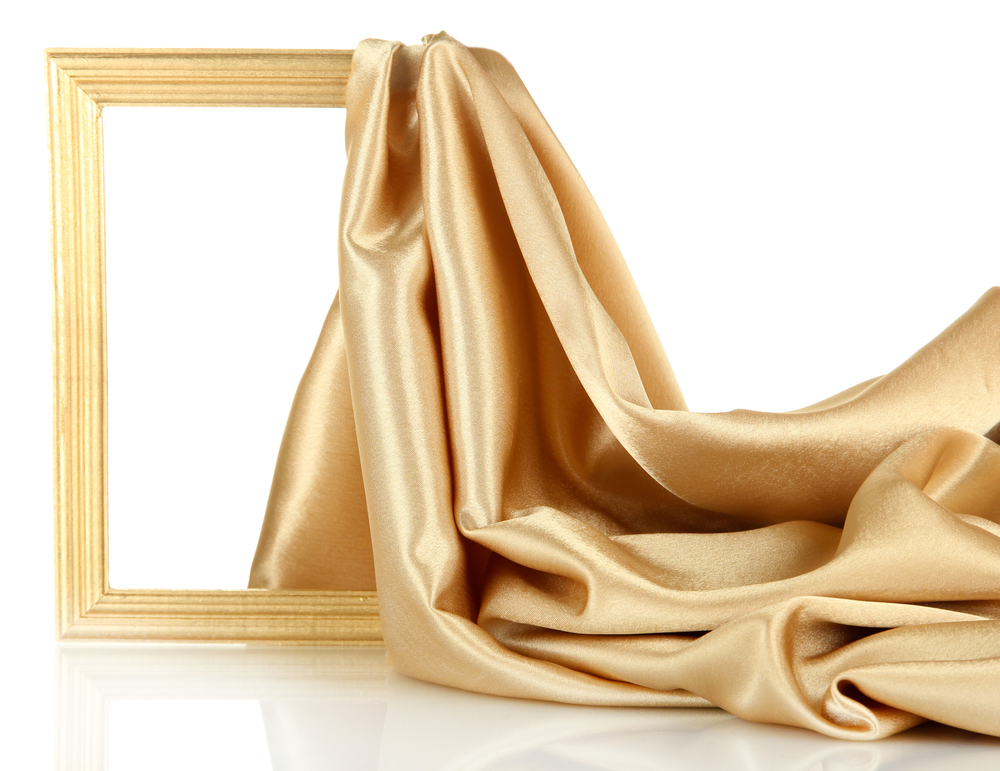
Silk is the most robust natural fabric used by apparel manufacturers. It is extracted from the cocoons of the mulberry silkworm and is considered a popular luxury fabric.
Otherwise known for being soft and shiny, the silk fabric also has immense strength. Enjoying widespread demand, the fabric is used extensively to produce clothes, upholstery, and bedding items.
Here are a few reasons why silk has become popular among garment manufacturers:
- It is a sustainable fabric
Silk is a sustainable fabric because its source of origin is easily renewed. It uses less water and resources to produce and can be disposed of safely.
- Lightweight and durable
Silk as a fabric has immense tensile strength, yet, it is extremely lightweight when used in production. A single silk thread is four times stronger than steel, which is why it is a huge favorite among manufacturers.
Hemp
Hemp is one of the most sustainable fabrics used in the textile industry. It is derived from the Sativa plant and used in various products like clothes, footwear, home furnishing, and furniture items.
As compared to cotton, hemp requires four times less water to grow. It is naturally pest-repellent and does not need a lot of fertilizers or pesticides.
Hemp as a fabric offers the following benefits:
- Multipurpose fabric
Hemp is a multipurpose natural fabric used to produce garments, paper, plastics, even paint, and biofuel, among other things.
- Extreme tensile strength
Similar to silk, hemp, too, has extreme tensile strength. This quality makes hemp a favored natural fabric since it can also serve as an alternative to cotton.
The fabric also offers UV protection, protecting the material and its wearer from harmful rays of the sun.
- Sustainability
Hemp is an environment-friendly natural fabric. It returns 60% to 90% of the nutrients it takes from the soil. Additionally, growing hemp also helps in controlling topsoil erosion.
Linen
Linen is among the oldest natural fabrics, having been in use for a whopping 10,000 years.
It is extracted from the flax plant and is among the most sustainable fabrics in the fashion industry.
The linen fabric is durable and capable of absorbing liquids up to 20 times its weight. This quality makes it ideal for making clothes, rugs, and painting canvas.
Manufacturers prefer linen for the following reasons:
- It is cooling and fresh
Linen is a cool and fresh fabric, offering better moisture absorption and quick dry properties. The material is naturally ideal for creating towels, dresses, and garments.
- Super light and durable
Linen is super light, which makes it easy for the skin to breathe. It's an excellent sweat absorbent and dries quickly. It is the best fabric to wear in the summer.
- Eco-friendly material
Linen fabric is almost identical to hemp when it comes to sustainability. It requires significantly less water, fertilizers, and pesticides to grow.
Coir
Coir, also known as coconut fiber, is a natural fabric extracted from the husk of the coconut.
The coir fabric is resistant to salt water, so it does not sink. Thus, making it a perfect material for fishing nets and ropes. Coir is primarily used in products like brushes, doormats, and mattresses.
As a textile material, coir is popular due to the following reasons:
- Durability
The coir fabric is one of the most durable natural fabrics, which can hold water. The quality makes the coir-based products ideal for different weather conditions.
- Biodegradable
Coir is 100% biodegradable and causes no harm to the environment. Moreover, coir is insect-proof and doesn't catch fungi, making coir products resistant to fungal attacks.
- Resilient
Coir is a resilient fabric and remains largely unaffected even by moisture.
Wool
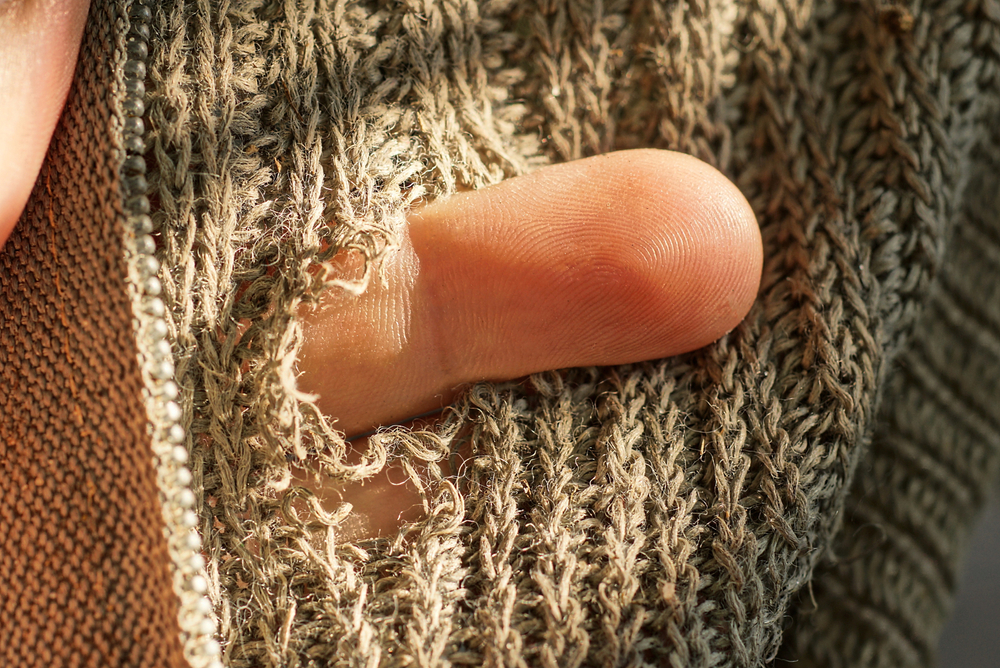
Wool is another natural fabric that's both durable and soft. Extracted from animals and other natural sources, wool has been used for over 12,000 years to produce various wool-based items. Since it has a strong affinity to water, wool can be dyed easily.
That said, here are a few benefits of wool in manufacturing:
- Breathable
Wool is a naturally breathable fabric that allows air to circulate throughout the garment. As a result, it is used extensively in adult and children's clothing items.
- Sustainable
Wool is a highly sustainable fabric. Since it is biodegradable, it can be disposed of easily after usage.
- Felting
Wool fibers undergo contraction when exposed to heat or pressure. Additionally, the scale-like texture of wool fibers contributes to felting. The fibers become softer before interlocking again to form a felt.
This property of wool is useful in producing hats, floor covers, and shoes.
Leather
Leather is a natural fabric derived from tanning and treating different types of animal skins. It is elastic, soft, and easy to wear. Leather is known for its durability and water-resistant properties and is a popular fabric in the fashion industry.
Leather is a popular fabric in clothing lines and accessories like wallets, belts, and shoes.
The rising popularity of leather is due to the following benefits:
- Easy to maintain & repair
Leather is easy to maintain and can be recycled easily. Products made using leather require less maintenance and usually last longer. It doesn't use up a lot of resources, especially when it comes to cleaning etc.
- Less carbon footprint
Leather has a lesser carbon footprint compared to many of its counterparts. The European Commission's 'Product Environmental Footprint Evaluation' says that leather has a carbon footprint of 0.42%.
The fabric is ideal for manufacturers looking to produce sustainable leather-based products.
Conclusion
Manufacturers can profitably use natural and sustainable fabrics to create quality and luxury apparel.
Clothing made from these fabrics offers a mix of comfort and style. By optimizing the natural properties of these fabrics, apparel manufacturing companies can create premium pieces suitable for any occasion.
At Fashinza, we help apparel manufacturers manage the entire process online. Whether forecasting demand or finding suppliers, Fashinza's tech-based platform helps take your manufacturing business to the next level.
















